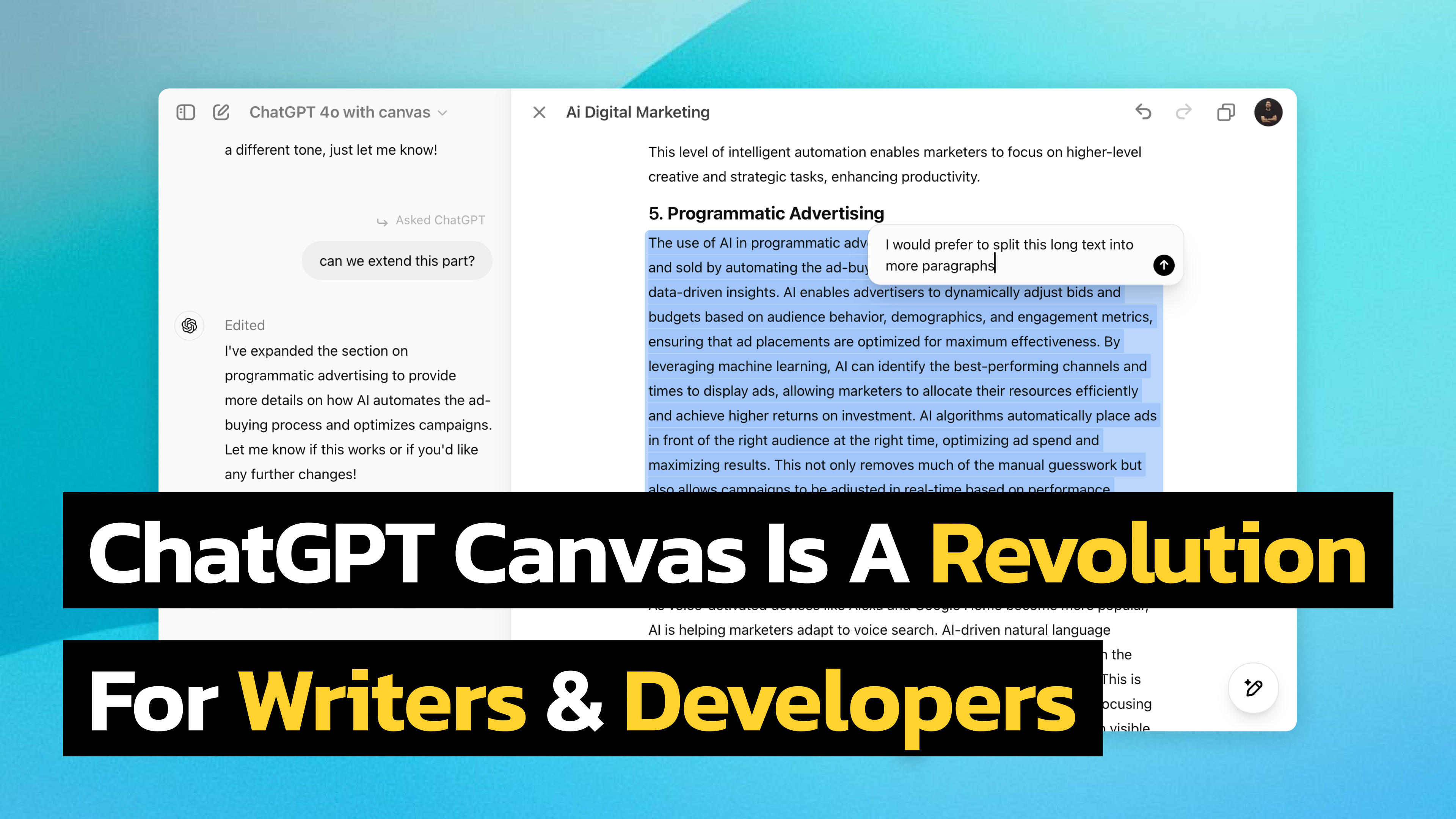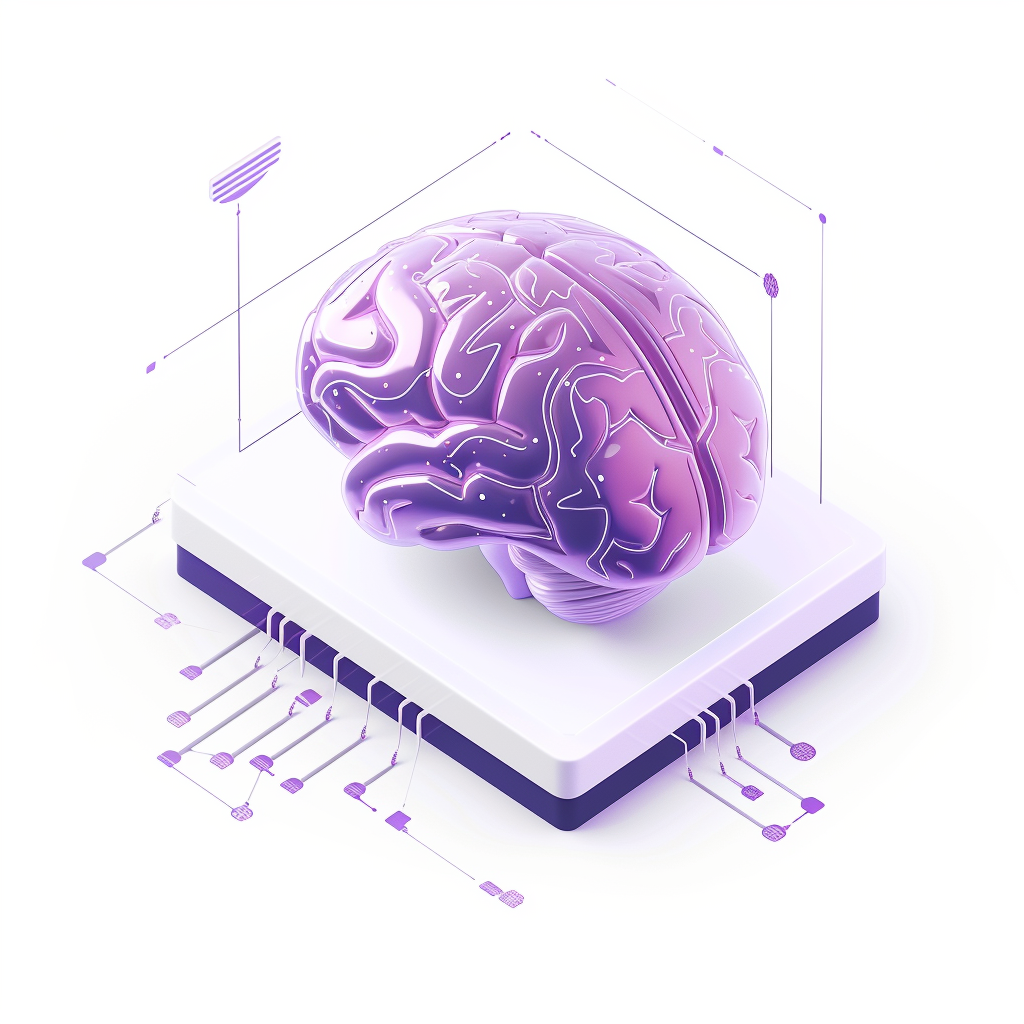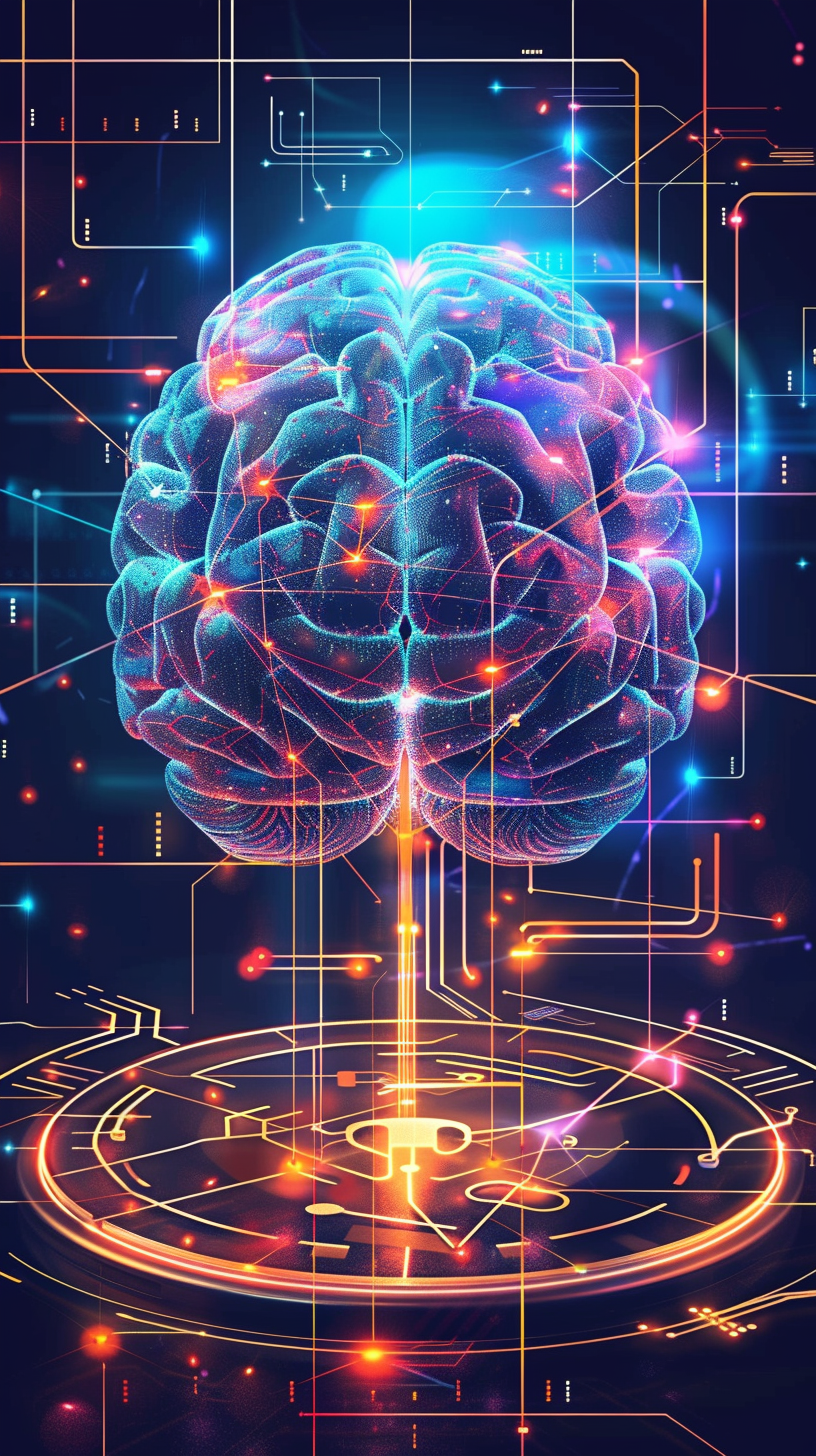OpenAI has just launched a new feature for ChatGPT, and it’s more than just an upgrade—it’s a complete overhaul of how users interact with the AI. The Canvas feature brings a new interface to GPT-4, designed to enhance both writing and coding experiences by making the process more collaborative, intuitive, and efficient.
Here’s what you need to know about this new development and why it matters.
Key Takeaways:
- Canvas is a new interface for ChatGPT, optimized for writing and coding.
- Writers can use it to get real-time suggestions, adjust reading levels, and polish their work.
- Coders benefit from tools like bug fixing, code reviewa multi-language support.
- The interface is designed to be intuitive and works like Google Docs or Notion with AI.
- Canvas is available now and can significantly enhance productivity for anyone using AI in creative or technical fields.
What Is ChatGPT Canvas?
Canvas is essentially a workspace that transforms ChatGPT from a basic chatbot into a co-creator. Whether you’re working on a long-form writing project or developing code, Canvas acts as a powerful assistant, offering real-time suggestions, edits, and improvements.
The interface feels more like working in Google Docs or Notion, but with the added advantage of an AI that can think, analyze, and revise alongside you.
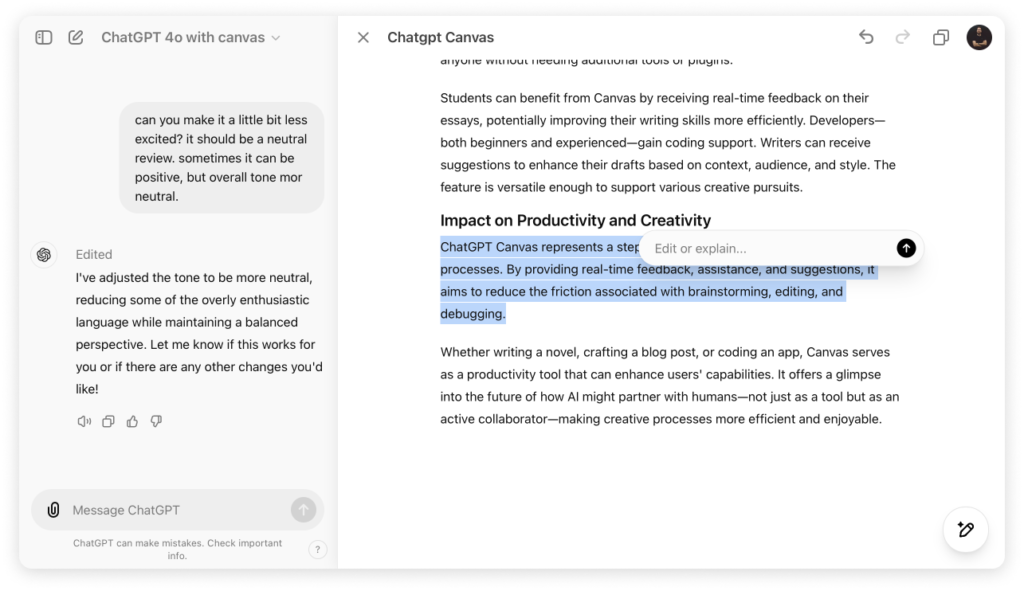
To activate Canvas, simply access the ChatGPT settings and enable the Canvas feature. Once enabled, you can start using it for writing and coding projects within the ChatGPT environment.
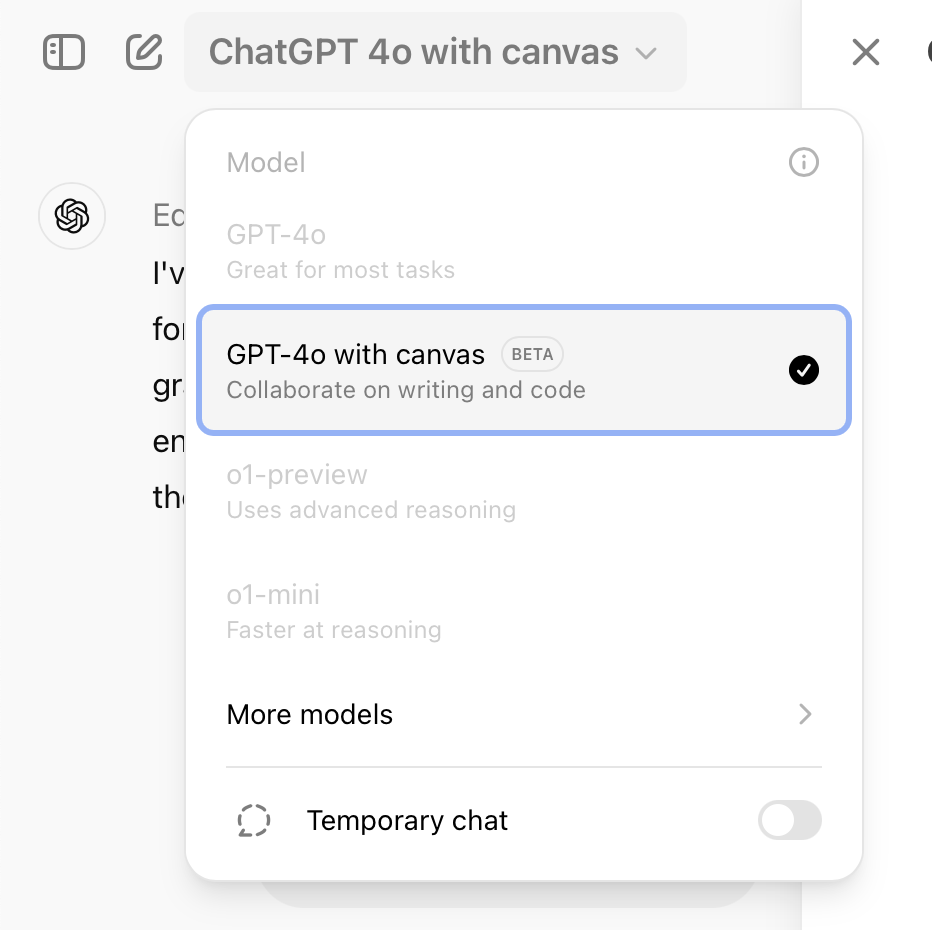
Who Is It For?
Canvas is for everyone, not just tech experts. Writers, students, bloggers, and developers can all benefit from its capabilities. Whether you’re drafting a novel, writing a blog post, or working on a coding side project, Canvas elevates your productivity by reducing the manual back-and-forth involved in editing and improving your work.
For writers, it can help polish up your next essay or article, while for coders, it simplifies debugging and makes transitioning between coding languages much easier. It’s particularly valuable for beginners, giving them a virtual assistant that helps them understand the finer details of writing and coding.
How It Works for Writing
If you use ChatGPT for writing, this feature dramatically changes the game. Instead of typing out a prompt and waiting for a response, you can now highlight sections of text within the Canvas and have ChatGPT suggest edits or rewrites on the fly. Whether you’re looking to adjust the tone, improve sentence structure, or even change the reading level of your content, Canvas provides tools to make the process seamless.
Here’s a breakdown of key features for writers:
- Real-time edits: You can highlight a paragraph and ask ChatGPT to suggest changes instantly.
- Adjustable reading level: From Kindergarten to PhD-level, you can scale your text’s complexity up or down with a simple slider.
- Inline feedback: Like a human editor, ChatGPT offers detailed feedback on metaphors, sentence structure, and even helps with polishing up the text.
- Final polish: It looks for grammatical errors, improves flow, and adds structure where needed.
- Emoji integration: Great for social media posts, you can automatically add relevant emojis to spice up your writing—though it can sometimes go a bit overboard.
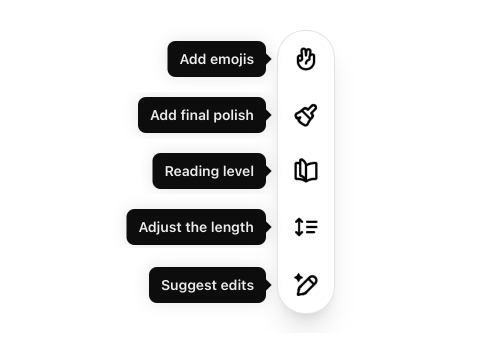
Enhancing the Coding Experience
For developers, Canvas introduces a range of tools that make coding with ChatGPT more interactive. One of the biggest advantages is that ChatGPT can now explain, debug, and even refactor code in real-time. This is particularly useful for beginners or anyone learning a new language.
Key features for coding include:
- Code review: ChatGPT highlights areas of your code that could be optimized or improved for performance.
- Add comments: The AI automatically adds comments to your code, explaining what each section does. This is especially helpful for those learning to code or working in complex languages.
- Fix bugs: If there’s an error in your code, simply paste it into Canvas, and ChatGPT will automatically detect and attempt to fix it.
- Porting languages: You can take code written in Python, for example, and have ChatGPT translate it to JavaScript, TypeScript, C++, and more.
- Logs for debugging: Need more clarity on where your code is failing? ChatGPT can add print statements to help with debugging.
A Collaborative, Intuitive Interface
The interface itself is simple but powerful. Canvas opens as a separate window, and users can drag and resize sidebars to manage their workspace easily. With drag-and-drop functionality, highlighting tools, and a minimal learning curve, it’s designed to feel intuitive, even for users who aren’t tech-savvy.
One standout feature is the ability to highlight any section of text or code and get immediate suggestions or adjustments. You don’t need to be an expert in prompt engineering to get the most out of this feature—it’s all point and click. Want to make a paragraph more concise? Highlight it, and ChatGPT will offer a shorter version. Writing too complex? Ask Canvas to dial it down to a middle school reading level, and it will simplify the language instantly.
What’s Next?
OpenAI’s Canvas feature is a big step forward in integrating AI-powered collaboration tools into everyday workflows. It shows the potential of large language models beyond simple chat—paving the way for more interactive and creative uses. Whether you’re a creative professional or someone looking to streamline your workflow, this feature brings the power of AI closer than ever.
If you want to give Canvas a try, simply go to ChatGPT and look for GPT-4 with Canvas in the model selector. It’s a new way of working with AI that combines convenience with the raw power of machine learning. The future of collaborative AI is here, and Canvas is a major leap toward it.

